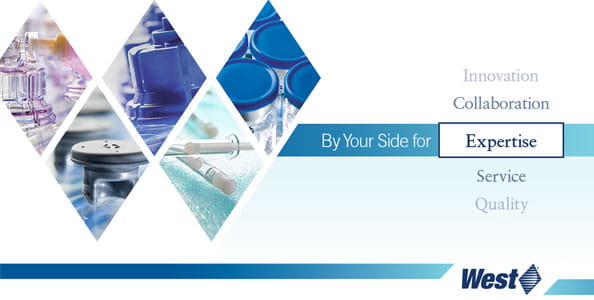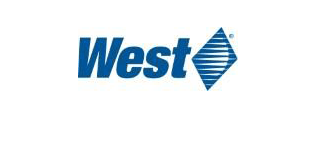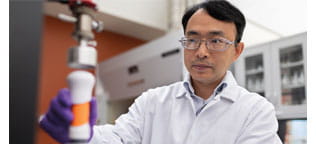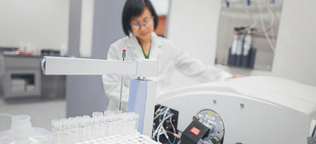Fill-Finish Engineering and Process Development – A Critical Step to Ensuring Product Quality and Manufacturability
Fill-Finish engineering and process development are a critical step to ensuring product quality and manufacturability for injectable products. Fill-Finish involves technique driven process steps with considerations around patient safety at the forefront of each step. The complexity of aseptic processing and sterile fill-finish operations will continue to grow as more complex drug products enter the pipeline.
![]()

While there is industry guidance on fill-finish methodologies from the Food and Drug Administration (FDA), Parenteral Drug Association (PDA), and The International Society of Pharmaceutical Engineering (ISPE), this process requires the intricate interaction between the drug product, primary packaging components, fill-finish equipment, manufacturing facilities, and quality and regulatory requirements. Due to these highly specialized requirements and interactions between these operations, finding the right partner is key to ensuring clinical and commercial success.
Depending on the phase of a product’s development, fill-finish operations can take several forms, including hand-filling for early clinical trial material, semi-automated equipment, automated flexible lines and small volume lines, and fully automated high-speed filling lines. A strong partnership between the component suppliers and the pharmaceutical customer, Contract Development and Manufacturing Organizations (CDMOs), and fill-finish equipment manufacturers (OEMs) provides a de-risked and quicker pathway to product approval and commercialization. The first interaction is between the drug product and the primary container components, which, when assembled together, create the container system. This partnership between the pharmaceutical manufacturer and the primary packaging supplier is critical in understanding the compatibility and performance between the drug and the container system. Usually at this early stage, hand-filling and semi-automated/benchtop stoppering equipment are used to fill and assemble the primary container system with the drug product. Using a representative fill-finish process is important as the filling and stoppering mechanism may impact the final performance of the container system.
As the drug product and primary container compatibility and interactions are understood, the need to identify clinical and commercial fill-finish operations becomes the next critical step. This may include the involvement of a Contract Development and Manufacturing Organizations (CDMOs). These CDMOs work with a large variety of components from different suppliers and work with different fill-finish equipment vendors to better understand the equipment, process design and flow, and environmental/clean room requirements to provide a safe product to the patient. By having a partnership early on between the component supplier and the CDMO, the two organizations can integrate their knowledge about the product and process to enable a streamlined approach towards clinical and commercial supply. This partnership allows the CDMO to better understand the packaging/component characteristics and processability upfront to avoid multiple re-work loops and have a stronger issue resolution process during the qualification pathway. Both the CDMO and component supplier share responsibility for product quality; however, the CDMO is ultimately responsible as the product enters the market. Partnering with a CDMO that has a relationship with the component supplier, combines the product knowledge with the process knowledge which leads to a more open and holistic view of the combination product development.
Behind the scenes, the fill-finish equipment manufacturers (OEMs) are building lines to be used at CDMOs or the pharmaceutical company to process packaging components. The partnership between the fill-finish OEMs and the component supplier is one that is easily overlooked. As new primary packaging systems are being developed, it is crucial to incorporate feedback from the OEMs to ensure the product(s) can be handled, filled, and processed for its intended use. By working with the OEMs during the component product development phase, key requirements on how to successfully complete the fill-finish process with specific container closure components are understood, providing a jump start on fabrication of new lines, change/format parts, or implementation into existing fill-finish lines. During the early collaboration with fill-finish OEMs, design changes and improvements can be made to the components or component packaging based on feedback from the OEMs and early machinability runs. While this scope of work is early in the component development phase, the partnership de-risks the manufacturing process steps as the components get adopted and move to the clinical and commercial scale.
Partnerships in the pharmaceutical and primary packaging business are key to the sustainability of long-term productivity. Building and strengthening both existing and new partnerships is allowing West to better support our customers as they navigate through the complexities of the fill finish landscape. Maintaining these partnerships allows companies to monitor and stay ahead of trends and evolutions occurring in the pharmaceutical industry.
By leveraging West’s Integrated Solutions Program, West can help you Simplify the Journey™ at any stage of drug development. Learn more by visiting our Integrated Solutions page or contact a technical representative today for additional support and guidance.
Simplify the Journey™ is a trademark of West Pharmaceutical Services, Inc., in the United States and other jurisdictions.











